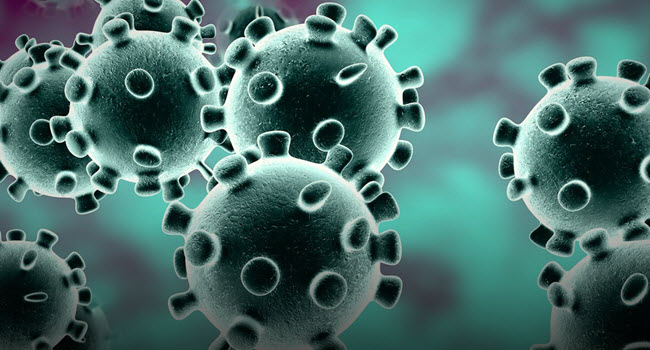[ad_1]
THURSDAY, April 23, 2020 (HealthDay News) — Even at the beginning of April, large percentages of residents at U.S. homeless shelters were testing positive for the new coronavirus, studies show.
One study looked at the results of coronavirus testing conducted at homeless shelters in four American cities — Atlanta, Boston, San Francisco and Seattle. Testing included almost 1,200 residents and 300 staffers and was done in late March and early April, according to a team led by Emily Mosites, from the U.S. Centers for Disease Control and Prevention.
The findings: In Boston, 36% of homeless shelter residents and 30% of staff tested positive for the new coronavirus; in San Francisco those numbers were 66% and 16%, respectively; and in Seattle infections were 17% for both residents and staff.
Only in Atlanta was a relatively low percentage of infections observed — 4% of residents and 2% of staff, although by now those numbers may have changed.
The CDC team acknowledged that their numbers may already be out of date.
“Testing represented [only] a single point in time,” the researchers noted, and many homeless shelter residents were either unavailable for testing or declined. In fact, in the San Francisco shelters, only 143 of about 255 residents were tested, the researchers said.
Experts who’ve dealt with COVID-19 patients say there’s good reason why coronavirus spreads quickly through homeless shelters.
“Many shelters are crowded, and social distancing can be difficult, if not impossible,” said Dr. Teresa Murray Amato. She’s chair of emergency medicine at Long Island Jewish Forest Hills in New York City.
“In addition, homeless clients often have unmet physical and psychological needs,” Amato said. “As we have learned from the COVID-19 outbreak, underlying medical conditions are often associated with worse outcomes with the virus.”
A second study focused on three homeless shelters in the Seattle area. Researchers found that 10.5% of 181 residents and staffers tested for coronavirus on March 30-April 1 came up positive.
One shelter served 40 men and 10 women who slept close together in one of two rooms (separated by gender) during the night. Another shelter housed 110 men in two rooms, while a third housed 100 men in two rooms.















